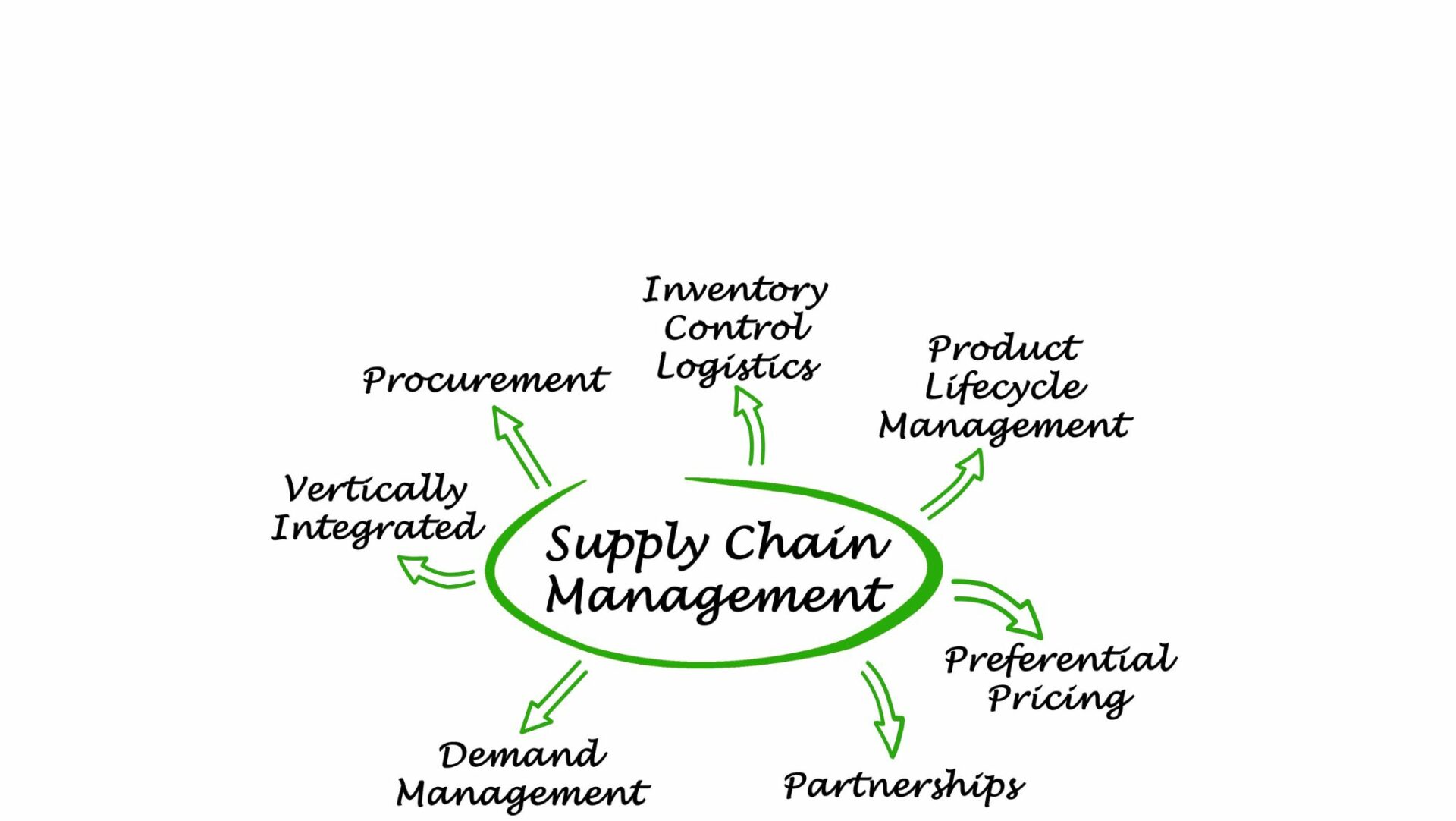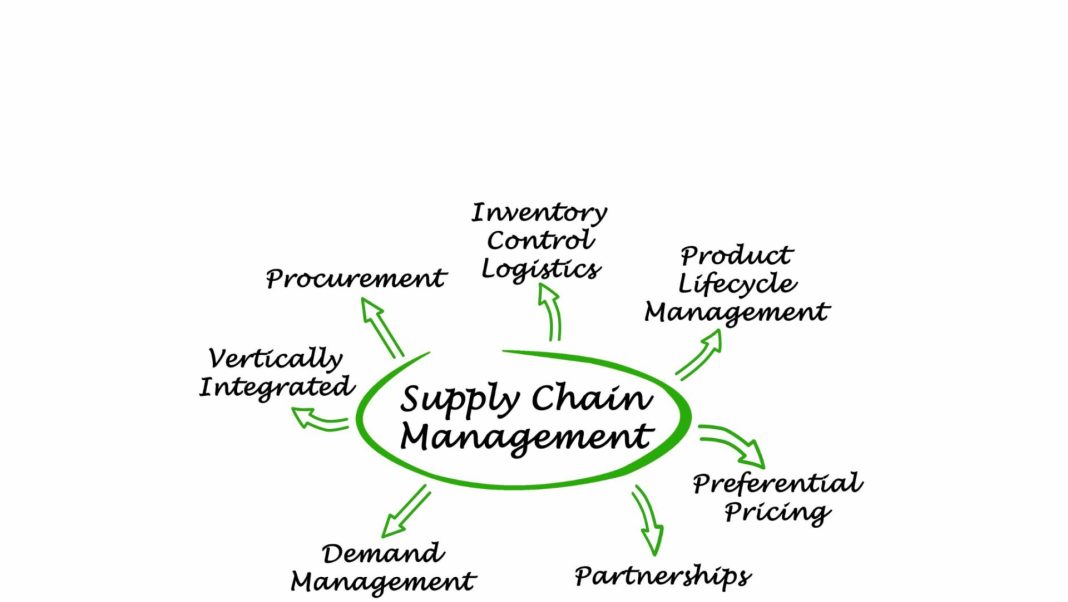 Walmart, the retail giant and largest grocer in the United States, has announced plans to open five “high-tech” automated distribution centers across the country. These centers will utilize intelligent software and automation to streamline the supply chain process and get perishable products, such as eggs and fruit, onto store shelves faster and with less physical labor.
Walmart, the retail giant and largest grocer in the United States, has announced plans to open five “high-tech” automated distribution centers across the country. These centers will utilize intelligent software and automation to streamline the supply chain process and get perishable products, such as eggs and fruit, onto store shelves faster and with less physical labor.
According to Dave Guggina, executive vice president of Walmart’s supply chain, these new centers are part of the company’s efforts to transform their business and create a more connected supply chain. The first high-tech perishable distribution center in Shafter, California, has been operational since 2021, and a second one in Lancaster, Texas, has recently opened and will soon begin operations. Walmart also has plans to open similar distribution centers in Wellford, South Carolina; Belvidere, Illinois; and Pilesgrove, New Jersey. These facilities are expected to create around 2,000 new jobs.
Inside these high-tech distribution centers, automated storage systems reach heights of nearly 80 feet and operate in a temperature-controlled environment. The intelligent software allows the system to retrieve cases from storage and build store-ready pallets by department, making them easier to unload at the store. The pallets are automatically layered to keep fragile items, like eggs or fruit, at the top, eliminating the need for manual stacking. They are then wrapped and loaded onto trucks for shipment to stores.
Walmart claims that the technology implemented in these distribution centers enables them to process twice as many cases per hour compared to their traditional perishable distribution centers. In addition to the five high-tech centers, Walmart is also expanding four traditional distribution centers for fresh food to include automation. These expansions will add approximately half a million square feet to facilities in Mankato, Minnesota; Mebane, North Carolina; Garrett, Indiana; and Shelbyville, Tennessee. Furthermore, Walmart is upgrading a legacy facility in Winter Haven, Florida, by integrating it with new technology.
Dave Guggina expressed Walmart’s eagerness to explore the capabilities of ever-evolving artificial intelligence (AI) technology and the positive impact it can have on the company. While acknowledging that automation could change job roles at their facilities, he did not mention any job cuts and instead emphasized the belief that technology will create new employment opportunities. Walmart has found that associates who transition from manual roles to those involving AI often see an increase in pay, indicating that technological advancements can lead to improved quality of life for employees.
Walmart has set ambitious goals for automation implementation. They aim to have 65 percent of their stores served by automation by 2026, with approximately 55 percent of fulfillment center volume moving through automated facilities. The company also expects unit cost averages to improve by about 20 percent by that time.
By investing in high-tech distribution centers and expanding automation in their traditional centers, Walmart is demonstrating its commitment to innovation and efficiency in the supply chain process. These advancements not only benefit the company but also have the potential to enhance the quality of life for employees by transforming physically demanding jobs into roles that involve operating and maintaining high-tech systems. Walmart’s embrace of automation reflects a broader trend in the retail industry, as companies seek to leverage technology to improve operations and stay competitive in an evolving marketplace.


